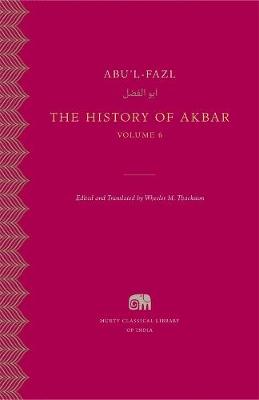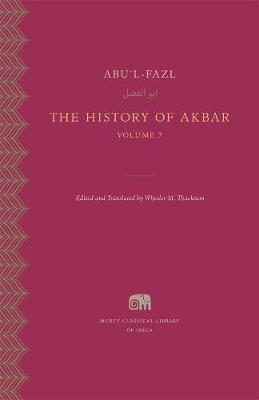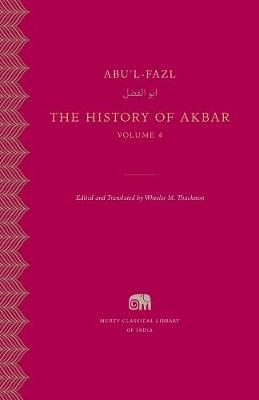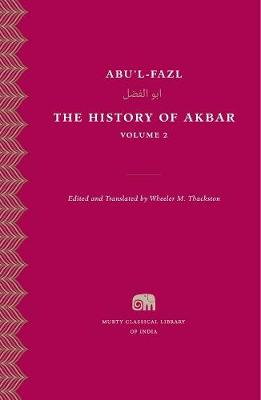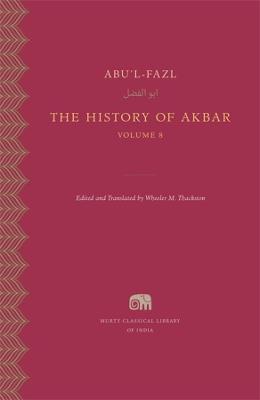Murty Classical Library of India
1 primary work • 7 total works
Book 10
Akbarnama, or The History of Akbar, by Abu'l-Fazl (d. 1602), is one of the most important works of Indo-Persian history and a touchstone of prose artistry. Marking a high point in a long, rich tradition of Persian historical writing, it served as a model for historians across the Persianate world. The work is at once a biography of the Mughal emperor Akbar (r. 1556-1605) that includes descriptions of political and martial feats and cultural achievements, and a chronicle of sixteenth-century India.
The eighth and final volume spans the thirty-ninth to fiftieth years of Akbar's reign, detailing the conquest of Ahmadnagar, Prince Salim's rebellion, and the emperor's final days. The Persian text, presented in the Naskh script, is based on a careful reassessment of the primary sources.

